ve-header title="Prisons and Discipline" background=gh:kent-map/images/prisons/prisons .sticky
The Bloody Code, Contagious Diseases Acts, Lock Hospitals and Convict prisons.
.cards
Bloody Code
Bloody Code

The Bloody Code applied death sentences to a growing number of crimes, while others attracted cruel penalties of mutilation, burning and whipping.
Canterbury Corrective Borstal
Canterbury Corrective Borstal
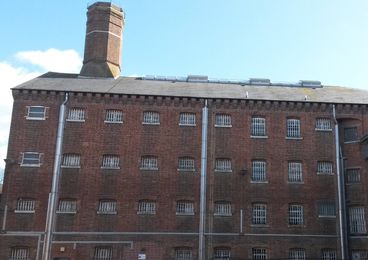
On the 19th December 1910, twenty-three young offenders were transferred from the Borstal Institution near Rochester to the new ‘penal’ Borstal at Canterbury.
Canterbury Gaol in the Nineteenth Century
Canterbury Gaol in the Nineteenth Century

St Augustine’s Gaol, named after the Abbey on whose land it was built, was constructed between 1806 and 1808, replacing an older county gaol in St Dunstan’s Street
Canterbury Prison in the Twentieth Century
Canterbury Prison in the Twentieth Century

Canterbury Gaol remained a local prison in the twentieth century, continuing its varied role holding remand prisoners prior to trial, convicted prisoners awaiting transfer elsewhere and those serving short sentences.
Contagious Diseases Acts
Contagious Diseases Acts
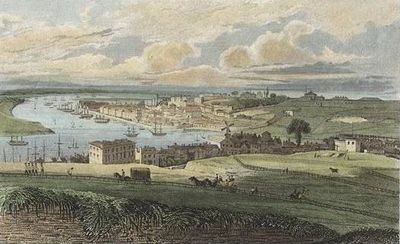
Following public concern over an increase in prostitution and venereal disease, reflecting the rapid rise in population, urban living and increased mobility, Parliament passed the Contagious Diseases Act in 1864.
Convict Hulks in Kent
Convict Hulks in Kent
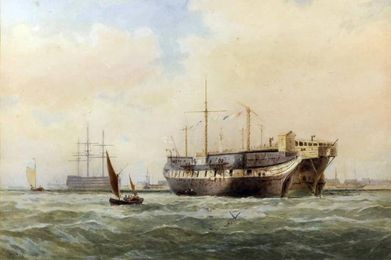
Between 1776-1857, male convicts sentenced to transportation were held on board floating prisons, disused ships known as ‘hulks’.
Convicts in Kent
Convicts in Kent

A part of Kent’s penal legacy is its role in the domestic convict system that replaced transportation.
Chatham Convict Prison
Chatham Convict Prison
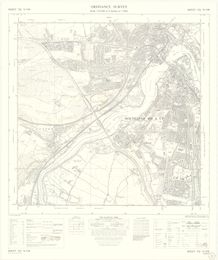
Chatham convict prison opened in 1856. It was a ‘public works’ prison, built to accommodate convicts who would hitherto have been sentenced to transportation.
Maidstone Convict Prison
Maidstone Convict Prison
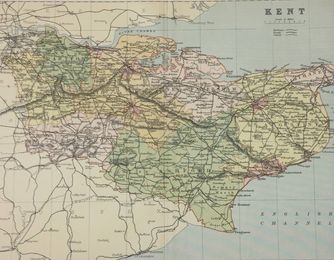
Maidstone convict prison opened in 1909, built alongside the town’s nineteenth-century local jail.